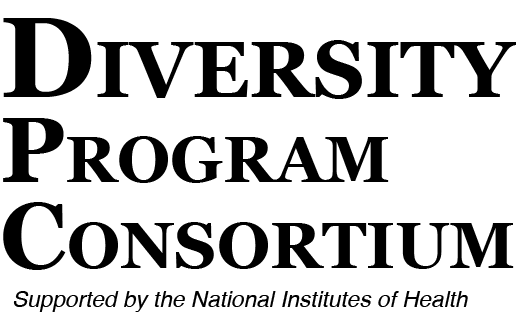Poster #5004, Rahib Islam, XULA Project Pathways
Poster Title: Development of a Multifunctional Laser Hair Removal Patch
Abstract: Laser hair removal enables permanent hair removal and is among the most commonly practiced laser procedures in medicine. We hypothesize a two-layer patch will eliminate the problems with the current methodology by providing epidermal cooling, pain mitigation, plume control, and an indicator function. Study Design/Material and Methods: The hydrogel layer of the patch is a mixture of gelatin, water, and glycerol, which acts as an antifreeze agent and allows the patch to be stored in the freezer without freezing. The second layer is a film of plastic with ink particles printed on it and serves as the indicator. Heating of the particles causes a photothermal reaction to make an indentation on the sheet. Various adhesion tests were undertaken to ensure attachment of the two layers, and ?caliber super glue? proved optimal. Results: 30% glycerol, 70% water, and 3% gelatin proved to be optimal for handling of the gel and storage at -20C. Four different variants of the optimized patch were analyzed by the ELIZA spectrophotometer for absorption and transmission. These included the gel, the gel with plastic film, the gel with plastic film and ink particles, and the gel with plastic film, ink particles, and glue. Data showed that at a wavelength of 755 nm, the patch with the gel, plastic film, ink particles, and the glue has an absorbance of 0.1 while the patch with just the gel had an absorbance of 0.05. The spectrophotometer revealed that the absorbance increases by only 0.05, indicating that enough light can be transmitted to reach the skin and that only a minimal amount of light was lost between these two patches. Conclusions: Several parameters of the two-layer multifunctional laser patch have been optimized, and it was found that enough light could be transmitted through the gel with plastic film, ink particles, and glue to reach the skin.







